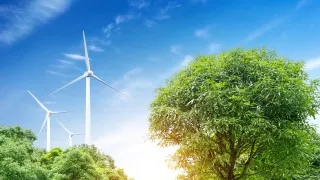
Asia needs to increase RE capacity 4 times by 2030 to fulfil climate targets
The region's capacity has to reach 5,442GW to meet the 1.5°C Scenario.
Asia has to increase its renewable energy capacity by four times to reach 5,442 gigawatts (GW) by 2030 from 1,338GW in 2020 to meet the target of limiting global warming to 1.5 degrees Celsius, according to the International Renewable Energy Agency (IRENA).
In the World Energy Transitions Outlook 2022 report, IRENA said, the region would also have to increase its renewables capacity by nine times to reach 12,556GW to achieve the 1.5°C Scenario.
IRENA added that Asia, North America, and Europe will account for more than 80% of installations by 2030, with North America having to increase its capacity by five times to reach 1,882GW by 2030, and Europe by three times to reach 1,573GW capacity.
The Middle East and Africa have to increase their capacity by 13 times to reach 993GW by 2030, whilst Oceania/Pacific has to ramp up its capacity by four times to react 172GW in the same period. Latin America needs to increase its capacity by three times to push its renewables capacity to 708GW by 2030.
“Renewables-based electricity is now the cheapest power option in most regions,” IRENA said.
“The global weighted-average levelised cost of electricity from newly commissioned utility scale solar photovoltaic (PV) projects fell by 85% between 2010 and 2020. The corresponding cost reductions for concentrated solar power were 68%; onshore wind, 56%; and offshore wind, 48%,” it added.
Overall, an annual average of at least 800GW of new renewable capacity through 2030, an increase from around 264GW addition in 2020 is needed to decarbonise the global power sector mid-century and fulfill the 1.5°C Scenario.
The installed generation capacity of renewable power has to reach 10,770GW in 2030, and 27,800GW by 2050, an increase by four-fold, and 10-fold, respectively, according to IRENA.
Electricity generation will have to expand to over 42,100 terawatt-hours (TWh) by 2030 from 26,900TWh in 2019, with 65% of the total electricity supply coming from renewable sources, compared to 26% in 2019, according to one of the key performance indicators.
IRENA added that solar and wind energy will lead the renewables installed capacity, with solar PV seen to exceed 5,200GW by 2030, and wind installations to reach 3,300GW.
It added that coal-fired generation will drop sharply over the decade, with its share in the total electricity generation falling to 11% in 2030 from 37% in 2019, before being phased out by 2050. Natural gas will account for 16% of total electricity needs in 2030 from 24% in 2019, whilst nuclear capacity will remain steady at around 10%.
Read more: IRENA: $5.7t annual investment needed until 2030 to meet 1.5°C Scenario
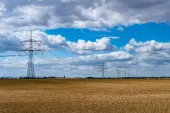
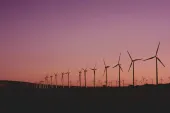
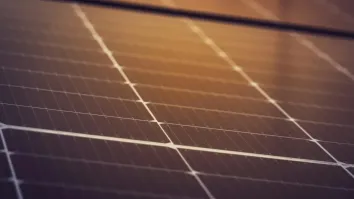
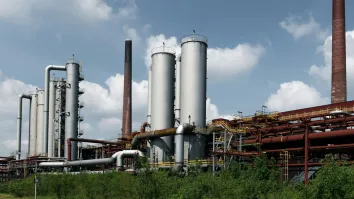
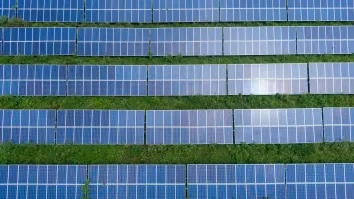
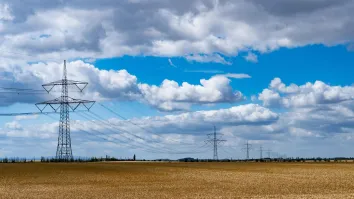













 Advertise
Advertise







